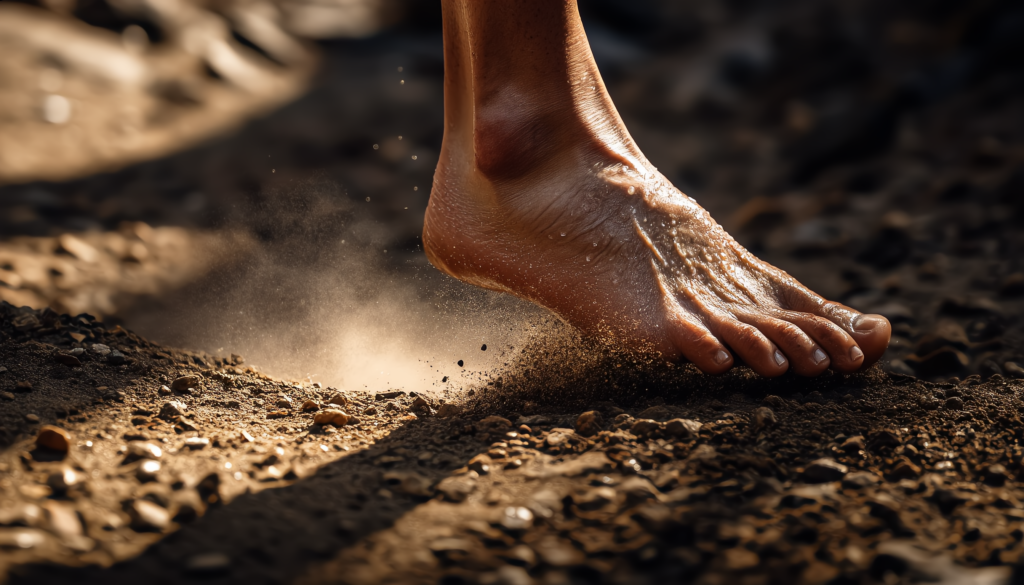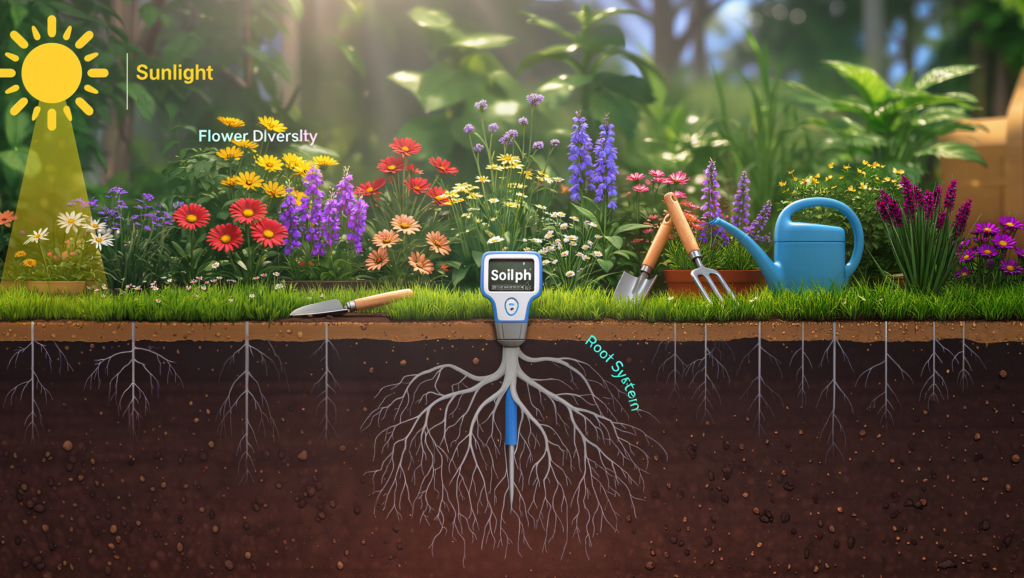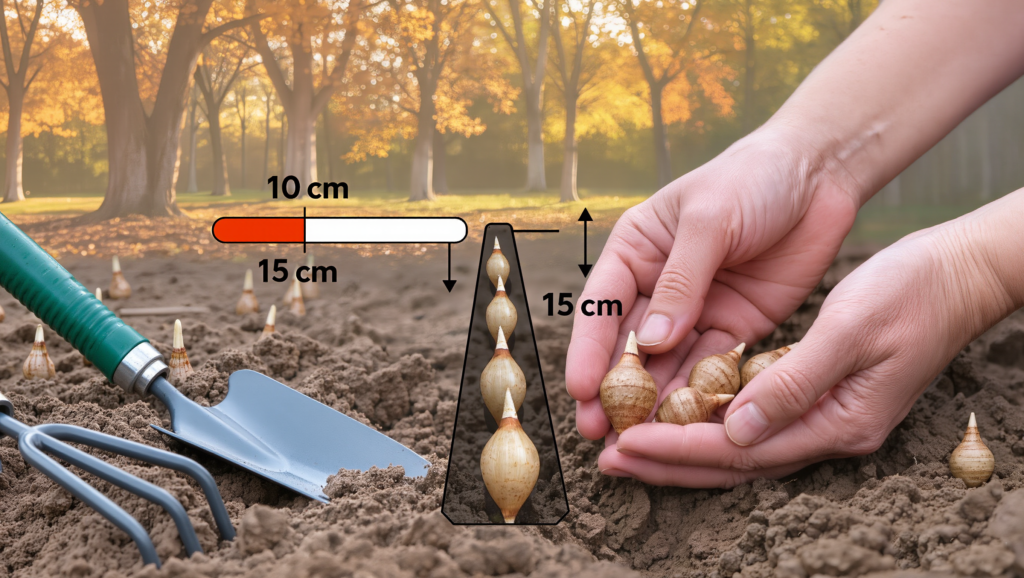If you’ve spent any time in running circles—or even just scrolling through fitness hashtags—you’ve probably seen the barefoot running debate heat up faster than a pair of feet on hot asphalt. Is barefoot running just another fleeting fitness fad, or does it tap into something deep in our evolutionary DNA? Let’s lace up (or, well, unlace) and dig into the science, the history, and the real-world pros and cons of running as nature intended.
Barefoot Running: Back to Our Roots
Long before Nike, Adidas, or even the humble moccasin, humans ran barefoot. For millions of years, our ancestors chased prey, migrated, and explored the world with nothing but their own skin between them and the earth. In fact, some of the world’s best endurance runners—like the Tarahumara people of Mexico and elite Kenyan athletes—still train and race barefoot or in minimalist sandals.
The idea that humans are “born to run” barefoot isn’t just a romantic notion. Harvard evolutionary biologist Daniel Lieberman and others argue that our anatomy—arched feet, springy tendons, and sweat-cooling systems—evolved specifically for endurance running. In short, running barefoot is not new. Running in thick, cushioned shoes? That’s the recent experiment.
The Modern Barefoot Boom: Fad or Functional?
Barefoot running exploded in popularity after the 2010 bestseller Born to Run and a landmark study by Lieberman et al. in Nature. Minimalist shoes—thin, flexible, and barely-there—flooded the market, and runners everywhere began questioning whether their high-tech trainers were helping or hurting.
But is this just a passing trend? While the “barefoot movement” has its share of evangelists and skeptics, the science is more nuanced.
The Science: What Happens When You Run Barefoot?
Biomechanics: How Your Stride Changes
When you run in cushioned shoes, you’re likely to land heel-first (heel striking). This is comfortable, but it sends a sharp impact up your leg. Barefoot runners, on the other hand, almost always land on the forefoot or midfoot, with a softer, springier step. This shift reduces the impact peak and may lower the risk of certain repetitive stress injuries.
Muscle Strength and Adaptation
Running barefoot or in minimalist shoes can strengthen the intrinsic muscles of your feet and ankles, making them more adaptable and resilient. As certified running coach Alina Kennedy puts it, “Running barefoot can help develop adaptability, strength, and balance. Over time, it can make you a more resilient runner and an overall better athlete”.
Injury Risk: The Double-Edged Sword
Here’s where things get tricky. Some studies suggest barefoot running is associated with fewer overall musculoskeletal injuries per runner, especially in the knees and hips, and may reduce plantar fasciitis. However, it also comes with a higher risk of injuries to the plantar surface of the foot (think cuts, bruises, and blisters), and the overall injury rate is similar between barefoot and shod runners.
Moreover, transitioning too quickly can spell disaster. Your feet and calves need time to adapt, or you risk stress fractures, Achilles tendonitis, and other woes.
Efficiency and Oxygen Use
Some proponents claim barefoot running is more efficient and uses less oxygen, thanks to a lighter stride and less shoe weight. While research is ongoing, there’s some evidence that a forefoot strike (common in barefoot runners) can be more energy-efficient over long distances.
The Evolutionary Argument: Are We Built for Barefoot?
The endurance running hypothesis posits that humans evolved unique anatomical features—arched feet, long legs, and a nuchal ligament for head stabilization—specifically for long-distance running. Early humans likely ran barefoot or in minimal footwear, using a forefoot or midfoot strike to minimize impact and maximize efficiency.
Lieberman’s research suggests that the “barefoot stride” is less injurious and more efficient than the “shod stride” encouraged by modern running shoes. In other words, millions of years of natural selection may have optimized us for barefoot running, and modern shoes could be interfering with that design.
The Modern Shoe Debate: Friend or Foe?
Modern running shoes provide protection from sharp objects, extreme temperatures, and rough terrain. They also allow people with biomechanical issues or previous injuries to run comfortably. However, thick soles and heavy cushioning can encourage heel striking and reduce the workload on the foot’s intrinsic muscles, potentially leading to weaker arches and altered gait mechanics.
Minimalist shoes attempt to bridge the gap, offering some protection while allowing for a more natural foot movement.
Pros and Cons: Should You Ditch Your Shoes?
Potential Benefits of Barefoot Running
- Strengthens foot and ankle muscles
- Promotes a natural running gait (forefoot/midfoot strike)
- May reduce some chronic injuries (knee, hip, plantar fasciitis)
- Improves balance and proprioception
- Can be more energy-efficient for some runners
Potential Risks and Drawbacks
- Higher risk of cuts, bruises, and plantar injuries
- Transitioning too quickly can cause stress injuries
- Not suitable for all surfaces or climates
- May not be ideal for runners with certain biomechanical issues
What Does the Research Say?
The evidence is still evolving. Some studies support the benefits of barefoot running for foot strength and injury prevention, while others highlight the risks, especially for new or casual runners. A 2016 study found fewer musculoskeletal injuries per barefoot runner, but similar overall injury rates compared to shod runners, largely because barefoot runners tended to run fewer miles.
Experts agree: If you want to try barefoot running, start slow, listen to your body, and transition gradually.
Barefoot Running: Fad or Evolutionary Advantage?
So, is barefoot running a fleeting fad or a legitimate evolutionary advantage? The answer is: it’s both—and neither.
Barefoot running taps into our evolutionary heritage, offering potential benefits for foot strength, running efficiency, and injury prevention—if done correctly and cautiously. But it’s not a magic bullet, and it’s certainly not for everyone. The barefoot “fad” is really a rediscovery of ancient human movement, updated for the modern world.
Bottom line: Barefoot running is not just a trend—it’s a return to our roots, with real evolutionary logic behind it. But like any training method, it requires respect, patience, and adaptation.
Thinking About Trying Barefoot Running? Here’s How to Start
- Start Slow: Begin with short, easy runs on soft surfaces like grass or sand.
- Strengthen Your Feet: Do foot exercises and walk barefoot at home to build strength.
- Transition Gradually: Increase barefoot time slowly to avoid injury.
- Listen to Your Body: If you feel pain, back off and give your feet time to adapt.
- Consider Minimalist Shoes: These can offer a compromise between protection and natural movement.
- Consult a Pro: If you have foot or gait issues, talk to a podiatrist or running coach.
Conclusion: The Best of Both Worlds
Barefoot running isn’t just a fleeting fad—it’s a practice rooted in human evolution, with potential benefits for those willing to approach it mindfully and gradually. Whether you choose to run barefoot, in minimalist shoes, or stick with your trusty trainers, the key is to find what works for your body, your goals, and your environment.
So, are you ready to kick off your shoes and reconnect with your evolutionary roots? Just remember: listen to your feet—they’ve been running the show for millions of years.
Sources:
[Wikipedia: Barefoot running]
[PubMed: Barefoot running evolutionary hypothesis]
[Wikipedia: Endurance running hypothesis]








